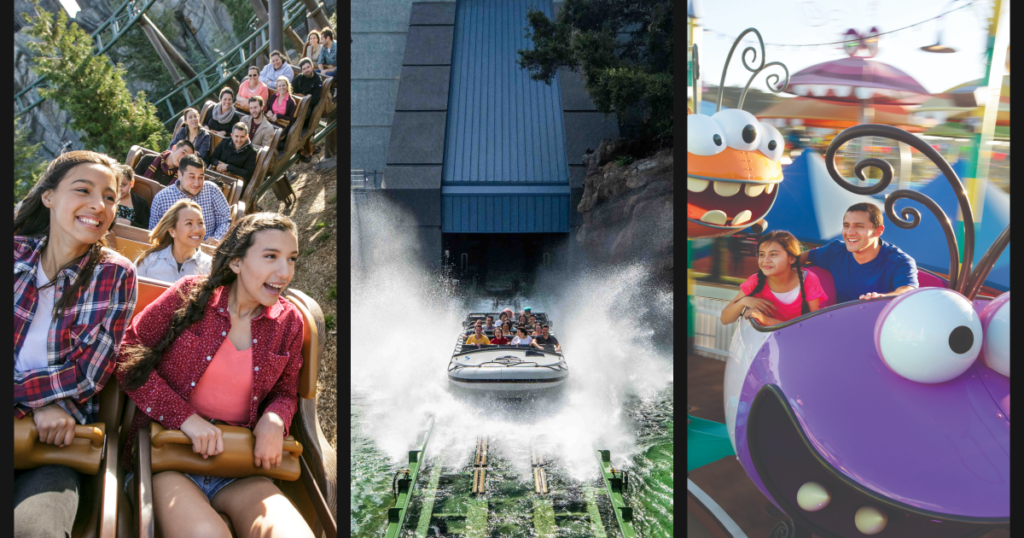It’s also rooted in Universal’s beginnings. Universal Pictures founder Carl Laemmle welcomed fans in 1915 to watch how silent films were made, charging them a quarter and giving them a box lunch in the deal. Yet different eras bring different financial motivations. The modern Studio Tour is rooted in a more basic human desire: We need to eat.
In the early 1960s, according to Stephen M. Silverman’s book “The Amusement Park,” Universal began welcoming Gray Line Tours onto the studio lot for Hollywood history jaunts. The primary goal was to boost the bottom line of the studio commissary, where Gray Line guests would stop for lunch. It was a success, and mogul Lew Wasserman allowed his staff to investigate the feasibility of the studio running its own tour.
Universal’s tour had its grand opening on July 15, 1964, but it would be about a decade before it started to become what we recognize today. Jay Stein, who had worked his way up the Universal ranks after starting in the mailroom, would begin a makeover of the tram tour, one that shifted it from its behind-the-scenes, borderline educational focus to one that instead was centered around light thrills and mechanical, movie magic tricks. Movie studios, he reasoned, simply weren’t all that exciting.
By the mid-1970s, the Studio Tour would begin to reshape the modern theme park industry, not only ushering Universal into the field but recentering the entire medium as one that would be based around film and television franchises — intellectual property, or “IP,” in industry-speak.
Everything changed in 1976. That was one year after Spielberg’s “Jaws” opened and when the Studio Tour built a mini re-creation of an Eastern seaboard waterfront and put guests face-to-face with a 24-foot shark. Nothing on the level of the cultural phenomenon that was “Jaws” had so quickly been replicated in a theme park before.
The modern theme park would become a place to “ride the movies,” as Spielberg, who has long had a close relationship with Universal and its theme parks, branded it. It’s an industrywide trend that hasn’t stopped.
